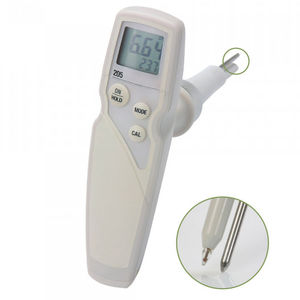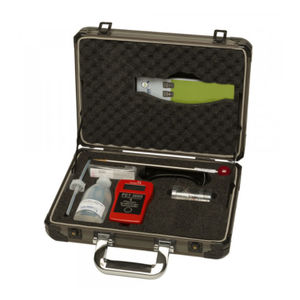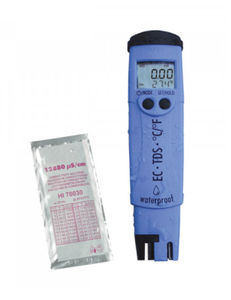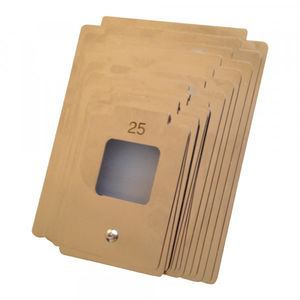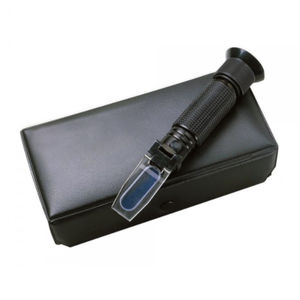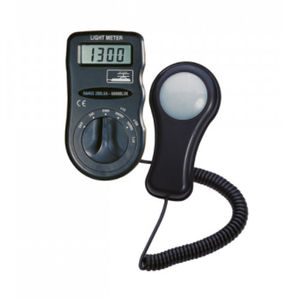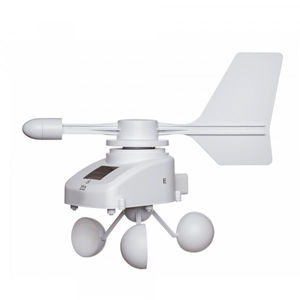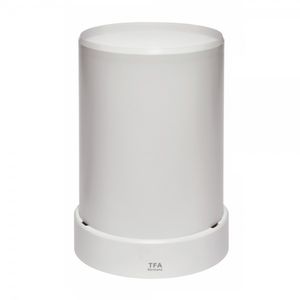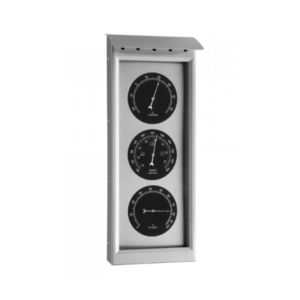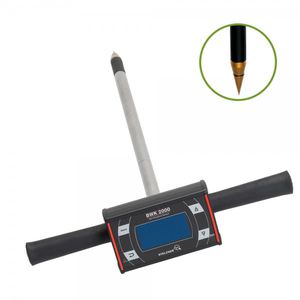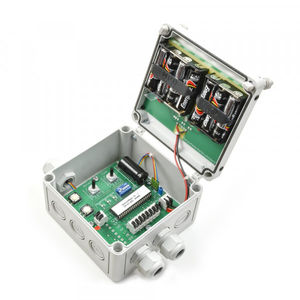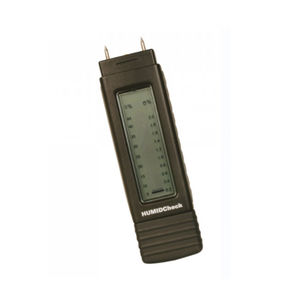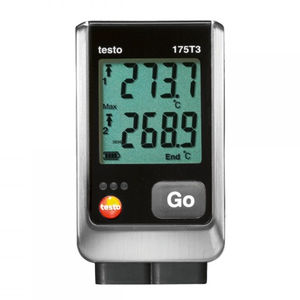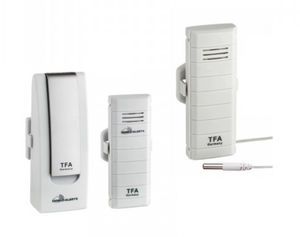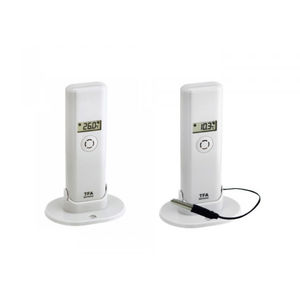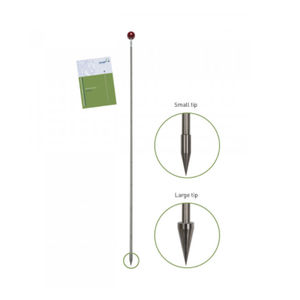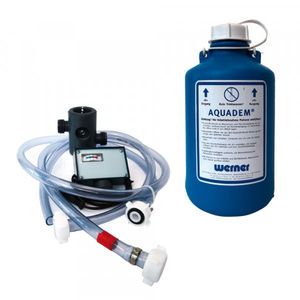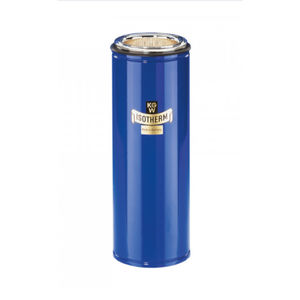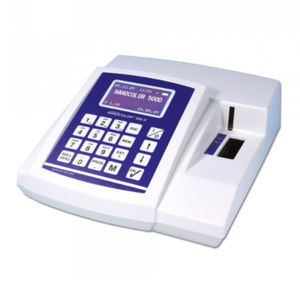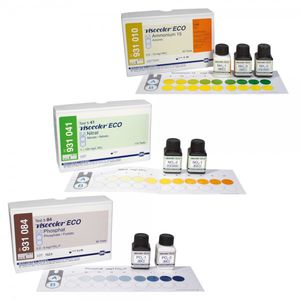
- Metrology - Laboratory
- Metrology and Test Equipment
- Tensiometer
- Pronova Analysentechnik
Tensiometer 30008059
Add to favorites
Compare this product
Description
Analogue measurement of the suction tension
A tensiometer is used to measure suction tension. The porous cell of the tensiometer uses capillary action to transport water outwards into the drier soil. A negative pressure is then created within the closed pipe. This negative pressure is an indication of the moisture. Suction tension is a force measuring the tension with which the water is held to the soil or its availability. Plant roots must expend this force in order to absorb water. The decisive factors in creating this force are the fine pores and capillaries in the soil. This soil characteristic which the tensiometer measures is critical for plant growth. One advantage this instrument has over electrical meters is that it does not need to be calibrated.
The value of the suction tension increases as long as the substratum is capable of transferring the water and as long as the moisture differential is maintained. If the surroundings become more moist, the the process reverses itself. Close contact with the substrate is needed to get a quick tensiometer reaction and to get a value for certain soil and substratum types.
This tensiometer has a measuring range from 0 to 600 mbar negative pressure. It comes optionally with an analogue pressure manometer (the Tensiometer Classic) or with a digital pressure sensor (the Tensiometer Digital). Additional versions and lengths are available on request.
It is possible to connect to the EMS 323 event reporting system (page 49) by using the Tensio Trans transmitter or the Tensio Swith transmitter.
Catalogs
AGRAR MEASUREMENT EQUIPMENT
68 Pages
Other Pronova Analysentechnik products
AGRICULTURAL MEASURING
Related Searches
- Measuring device
- Measuring machine
- Portable testing system
- Digital testing system
- Automatic measuring machine
- Moisture meter
- Temperature measuring device
- Measuring system for industrial applications
- Automatic measuring device
- Geometry measuring device
- Building materials moisture meter
- Laboratory measuring machine
- Concentricity measuring instrument
- Gas measuring instrument
- Conductivity measuring device
- PH measuring device
- Rugged measuring machine
- Multifunction measuring device
- Calibration measuring device
- Tension meter
*Prices are pre-tax. They exclude delivery charges and customs duties and do not include additional charges for installation or activation options. Prices are indicative only and may vary by country, with changes to the cost of raw materials and exchange rates.



